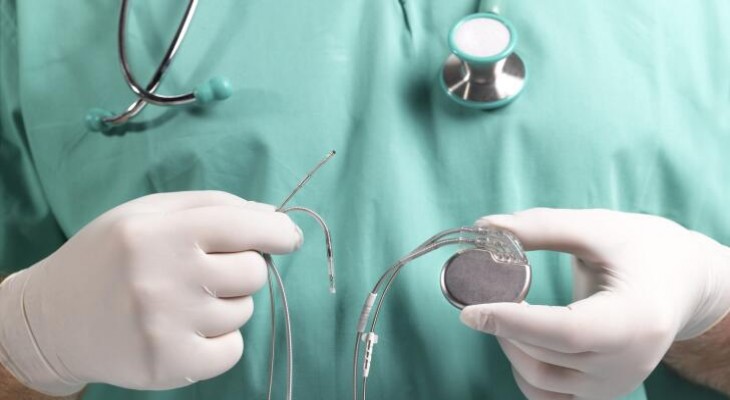Pacemaker
What is a pacemaker?
Pacemakers are small devices that are implanted in the chest to control the heartbeat of a person. It is used for preventing the heart from beating too slow through electrical impulses. This is done through surgical intervention. The device consists of leads and batteries that are used for sending electrical signals to the heart so as to help it in beating at a normal rate.
Why is a pacemaker needed?
Pacemaker is recommended by the doctor if you suffer from a slow or irregular heartbeat. This condition is also known as arrhythmia. This disorder may be caused due to any of the following causes:
- Natural ageing
- Genetic or inherited family problems
- Heart attacks or problems associated with coronary muscles
What are the different risks of getting pacemaker implanted?
If and when you consider this procedure, your doctor will explain all the details and risks associated with the procedure. Though serious risks rarely happen, still if you have any concern, you can discuss them with your doctor. Some of the less common risks associated with this surgery are as follows:
- Movement of the leads and pacemaker generator
- Infections
- Blood clots or bleeding
- Damage to the coronary veins and valves due to the leads of pacemaker
- Allergic reactions to the prescribed medications
- Strokes and heart attacks
- In rare cases, death
How to prepare for pacemaker surgery?
There are just a few simple steps that need to be done in preparation for the surgery. These are:
- Plan for your transportation back home after the surgical procedure
- Use chlorhexidine wash for showering before the procedure
- Take your regular medications as per doctor’s advice
- Monitoring of your heart beat through a monitor.
- Do not eat or drink anything before 6 hours of the surgery
- Removal of all jewelry, dentures and makeup
What happens during the pacemaker surgery?
Before the pacemaker surgery, you are relaxed by giving certain pain medications and are connected to the heart monitors along with a cannula in your arm. Further:
- Local anesthesia is administered for numbing the collarbone area
- A small incision is made near the collarbone to make a pocket for the pacemaker battery
- The pacemaker leads are then threaded into the larger vein
- The end of leads are then positioned at their correct place in the heart
- The pacemaker is programmed to ensure its proper working
- The battery is then tucked into the pocket
- The incision is closed
There is a visible bulge under the skin that is visible after the insertion of the pacemaker in the body.
What happens after the surgery?
After the completion of the surgery, you may experience some soreness or bruising at the surgical site which will go away after a few weeks. Later on, follow your doctor’s instructions regarding medications and lifestyle changes so as to ensure proper working of the pacemaker device. Do ensure that you attend all the follow up visits with best cardiologist.





